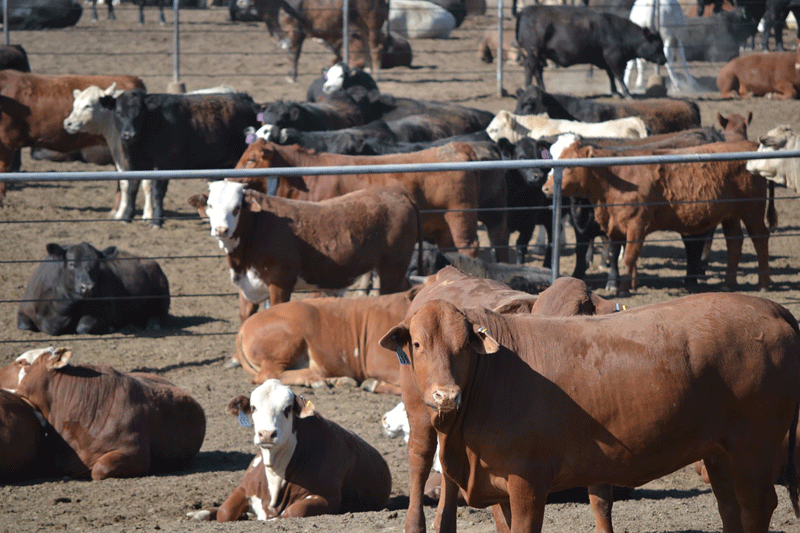Derrell S. Peel - Oklahoma State University Extension Livestock Marketing Specialist
The latest USDA Cattle on Feed revealed a March 1 feedlot inventory of 12.163 million head, a record level for March for the data series back to 1996. The feedlot total was 101.4 percent of one year ago. The March feedlot total was down slightly from the February peak of 12.199 million head, which was a record for any month in the data series back to 1996.
February feedlot placements were 1.848 million head, up 9.3 percent year over year and the highest February placements since 2019. Placements were at the upper end of the range of expectations and higher than the average trade guess. Large 2022 placements compare to February 2021, which included a massive winter storm that reduced flows of cattle into and out of feedlots. Nevertheless, placements this February were large and included both light and heavyweight feeder cattle. Monthly placements weighing over 800 pounds were up 10.4 percent year over year while placements under 700 pounds were up 8.7 percent over last year. This follows several months of mostly lightweight placements. Strong February placements were aided by dry winter grazing conditions forcing cattle to market early and strong prices that encouraged feeder sales, some earlier than planned or anticipated.
February feedlot marketings were 1.825 million head, up 4.9 percent year over year and the largest February marketings total since 2000. Big February marketings are reflected in February fed (steer + heifer) slaughter up 4.6 percent year over year and monthly beef production up 6.9 percent year over year. However, these comparisons are relative to the storm-disrupted totals from February 2021.
Looking ahead, the bulge in February feedlot placements will likely be offset by sharply lower March placements. Total feeder receipts from auctions, direct and internet sales for the first three weeks of March are down 17.0 percent year over year. In Oklahoma, combined auction feeder cattle totals for March are down 19.0 percent compared to one year ago. Feedlots will have plenty of cattle to market for another few months, but tighter placements are ahead and feedlot production will decline in the second half of the year. If drought conditions persist, feedlots may perhaps continue to borrow against the future with early weaned calves available through the spring and summer before facing the full reality of tighter feeder cattle supplies. On the other hand, if drought conditions abate, higher cattle prices might result in increased heifer retention by the end of the year, thereby squeezing feeder supplies even more and more quickly.













